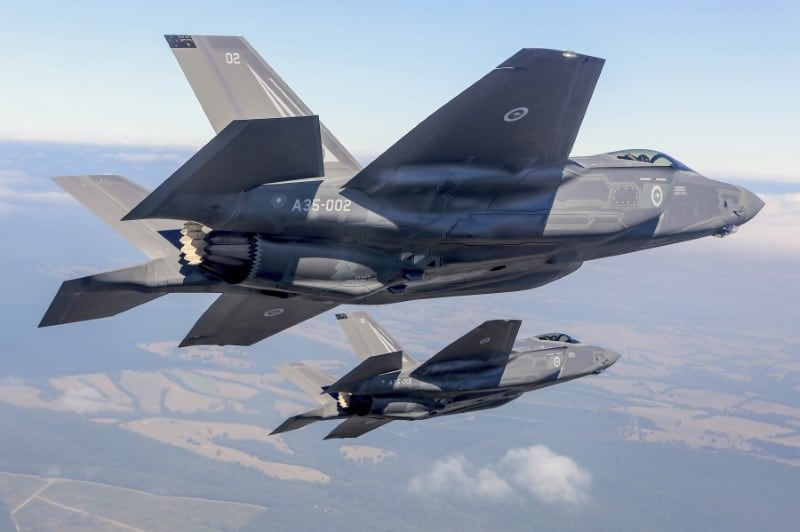The urgent need for secure communications in the Russia-Ukraine war is drumming up new levels of interest in L3Harris Technologies equipment among European militaries, according to the defense contractor.
More than 30,000 of the company’s radios and accessories have been shipped to the front lines, with much of the gear tied to handheld communication and coordination aboard vehicles. The U.S. has highlighted secure data-sharing devices in its pledges to Ukraine, at this point totaling approximately $44 billion.
Samir Mehta, the president of communications systems at L3Harris, on May 1 told reporters in Washington the company is seeing “unprecedented demand among our NATO partners and allies for secure, resilient, tactical communications.” Close to $1 billion of business is on the books.
“I think one only needs to look at a map to understand exactly what is driving that demand,” said Mehta, who spent the previous week meeting with officials in the Czech Republic and Poland, among other locations. “If you can’t communicate, you can fight but you can’t win.”
Reliable, low-profile means of relaying battlefield information have become a linchpin for fighting in Eastern Europe, where drones saturate the skies and sensors cue onto even the smallest electronic signal.
U.S. defense leaders have long warned of the risks of using unencrypted or rudimentary tools, citing the ease at which they can be traced, targeted and shot.
RELATED

“If they’re not armed with the right equipment, the enemy will use transmissions, scanning the electromagnetic spectrum, to be able to find, locate and kill you any time you try to communicate,” Mehta said. “Every time that you take your non-high-assurance communication device out, whether it be a cell phone, whether it be Starlink, and use it to communicate, you are sending an emission that allows the Russians to find out exactly where you are.”
Indiscriminate cell phone use has been blamed for casualties on both sides of the war. Russian forces likely bombarded a Ukrainian base housing foreign fighters after detecting devices with British country codes, the London-based Telegraph reported. Dozens were killed in the strike.
“They’ve had too many unfortunate incidents where that happened,” Mehta said, “which is why they’ve adopted our technology and our radios as their primary communication device.”
L3Harris is the ninth largest contractor in world when ranked by defense-related revenue, reaping nearly $14 billion in 2022, according to Defense News Top 100 analysis.
The U.S. Army tapped the company years ago for its combat net radio endeavor worth up to $6 billion. An initial order was valued at $20 million.
Colin Demarest was a reporter at C4ISRNET, where he covered military networks, cyber and IT. Colin had previously covered the Department of Energy and its National Nuclear Security Administration — namely Cold War cleanup and nuclear weapons development — for a daily newspaper in South Carolina. Colin is also an award-winning photographer.








